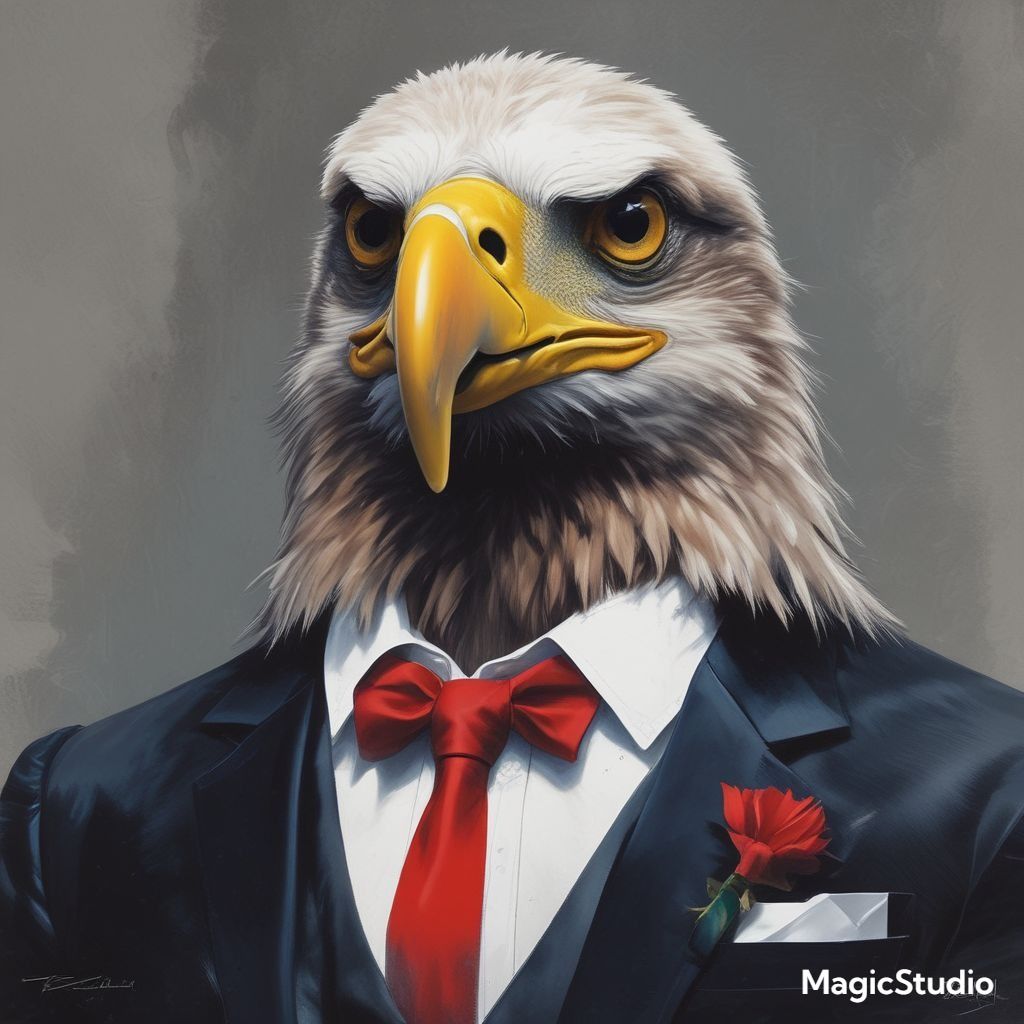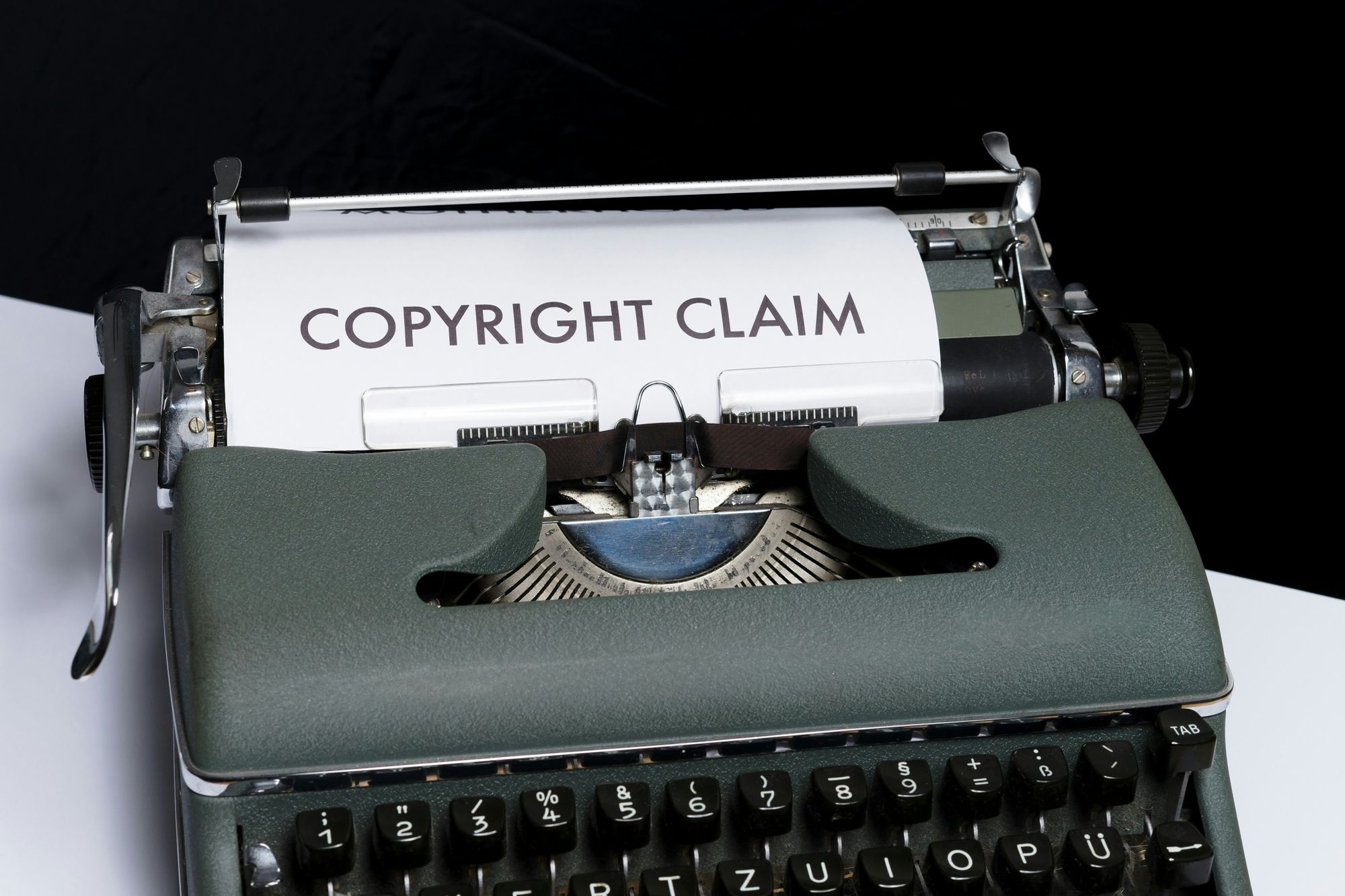Is AI Generated Art Copyrighted?
Let's find out who owns the copyright for an AI art. Is it the artist who provides the input, the technology driving the creation, or the programmer behind the AI tool?

Are you truly the artist behind the AI-generated artwork you have just created? Or the real credit is due to the technology, or the programmer who developed the AI tool you used?
The advent of AI-generated art has turned the imagination of creating an artwork in just a few clicks into reality. This tends to make everyone feel like a self-acclaimed artist. So, it is imperative for artists, innovators, and anybody working in the creative sector to comprehend the idea of AI art copyrighting.
Let’s explore the process of AI art copyrighting as we discover the legal consequences and the true identity of an artist.
AI Generated Art and Copyrighting
When a person uses his skill to express his imagination in a tangible form, it is called an ‘art’. We need legal ownership of the art we produce to earn from it and protect it from false claims. Therefore, copyright is an important concern. Copyright is an intellectual property right that protects an artist's original work as soon as the artist fixes the work in a tangible form of expression.
Copyright is of immense importance as it gives the artist exclusive rights to use, reproduce, and distribute his work. This creates an invisible boundary around the artist's original work, allowing the artist to use his creation in every possible way and reap rewards from his efforts. It also deters unauthorised users.

For any human art to be copyrighted, it requires three basic points:
- Fixation: An artwork is eligible to be copyrighted only if it can be embodied in a medium such that it is ready to be perceived, reproduced, or sold. For example, a painting is fixed as soon as the artist paints it on the canvas.
- Originality: The art must be an independent creation of the artist. It simply means that the art must not be a copied idea or must not resemble any other pre-existing creation.
- Authorship: The concept of authorship is scarcely defined by legal bodies. However, the notion of authorship is intertwined with that of originality.
The copyright condition of authorship is still a vague concept. Before the emergence of artificial intelligence, it was human beings who were the only entities entitled to ownership. But now, even machines are capable of creating art. In the case of AI-generated art, human imagination, and machine execution coexist. Neither of the two can solely be entitled to ownership.
Who Owns the Copyright for an AI Generated Art?
For AI-generated art, it is difficult to identify the owner. As said, it works on a co-existing partnership between humans and machines. An AI art can have three possible contenders for its ownership:

- The AI tool user: The end user could be the first person to claim copyright because he uses his imagination to motivate the machine to create the art. However, the copyright ownership of the AI tool could create a clash with the developer of the AI tool.
- The AI tool: The second contender in the list of copyright owners is the AI tool itself. It is the AI tool that executes the entire creation process and delivers unique results. However, the AI tool fails the basic condition of copyright. Unlike human entities, the AI tool cannot communicate, innovate, or express itself. It lacks imagination and works on a certain predefined set of algorithms. Hence, the AI tool cannot be entitled to be the owner.
- The Developer: The developers of AI tools may assert ownership over AI-generated art, but this could result in double-dipping. These developers typically already benefit from legal protections due to holding copyright for the AI software itself. It is important to note that these developers are primarily creators of tools rather than creators of AI art.
The AI tool cannot create an image on its own. It requires human interaction. As the human who is using the AI tool is not the actual developer of the software, the possibility of either the developer or the user being the owner gets eliminated. In such a murky situation, AI-generated art still remains in the public domain and is ineligible for copyright protection.
Legal Challenges and Case Studies
Creating an extraordinary image using artificial intelligence is definitely not a piece of cake. The entire process involves human imagination and efforts to make the image appear flawless. After putting in so much effort, time, and patience, anyone will desire to enjoy copyright entitlement. Unfortunately, no current legislation exists to protect the rights of users of AI tools.
There is an example of an award-winning piece of AI art that failed to claim copyright in the US.
Matthew Allen's AI art won first prize at the Colorado State Fair. However, the US government stated that it cannot be copyrighted because it is not entirely a human creation.
Matthew Allen created an eye-catching image using a popular AI tool, Midjourney. Allen wanted his work to be registered. In an attempt, he even sent an explanation to the copyright office detailing how much he had done to manipulate the AI image.
Allen claimed that it was his original work, which he altered with Adobe and further used an AI tool to manipulate it. In the counter-argument, the copyright office agreed that the part of the painting that is his original work can be copyrighted but not the entire painting.
In a notable case from 2018, a photograph taken by a monkey was deemed public domain because, under US law, animals such as monkeys are incapable of holding copyright. While animal welfare organizations like PETA might argue otherwise, the US judiciary has consistently held that only human creations can be eligible for copyright protection. This means that any art created with machine intervention, including AI-generated art, cannot enjoy the benefits of copyright protection.
As of now, China is the only country to have officially recognized and given complete copyright to an AI work. In all other countries, the judiciary has either stated a complete denial regarding AI work being copyrighted or is still trying to figure out a way that could do justice to the AI art creations and their creators.
Protecting Your AI-Generated Work
Since there is a lot of murkiness regarding the legal jurisdiction of AI-generated art, it is up to the user to protect the art from unauthorized usage. You are always relying completely on the AI tool that you are using for creating images. It is good to be technology-derived, but you must understand the terms and conditions of the AI tools before using them for your work. Documentation of your process is highly recommended.
Here are some tips that you can follow in order to protect your creation from unauthorized access in the absence of copyright protection:
- Use watermarking and digital signatures in the AI-generated art. These act as security layers and prevent infringement.
- The AI models are now providing users with a new option of opting out. With the help of this option, you can register your artwork and request that the AI tool not include it in the datasets. In this way, you can control the further publication of the image.
- Safe online sharing and monitoring of your work regularly on the possible platforms can help you substantially control its infringement.
- If your work is not for the masses, then it is highly recommended that you abstain from posting your images on social media platforms.
The Future
The future of art is likely to be a harmonious blend of human and machine collaboration, and it is crucial that our legal systems adapt to this new reality.
The developer of AI tools already enjoys copyright protection for their work. Still, the user who brings their imagination and creativity to the table should be granted ownership of the final product. This approach ensures that the true creators of AI art are recognized and rewarded, while also protecting the intellectual property rights of all parties involved.
As AI art becomes increasingly integrated into our daily lives, it is vital that we establish a clear framework for copyright protection to ensure that these creations are valued and respected. By acknowledging the user as the rightful owner of AI-generated art, we can cultivate a culture of innovation and creativity that benefits everyone.
